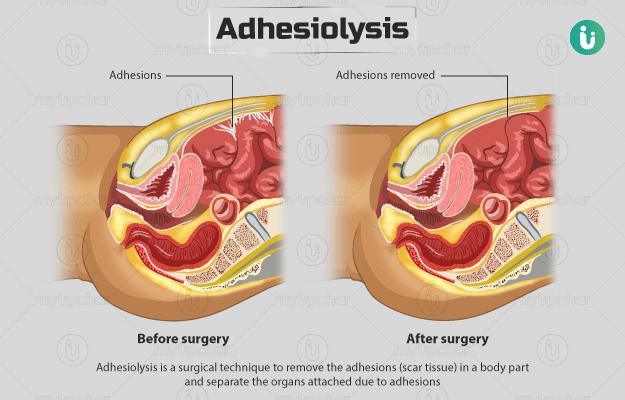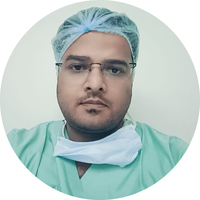Summary
Adhesiolysis is a surgery performed to remove the adhesions (scar tissue) that may have formed in the body after radiotherapy, surgery, trauma, infections, and inflammatory conditions. Adhesions can occur in any body part, including the joints, abdomen, pelvis, or the eyes and do not usually cause symptoms. However, a surgery is needed if the adhesions lead to symptoms such as pain, constipation or lose motions, obstruction of bowels, infertility, or the inability to move joints.
Before the surgery, your doctor will take your medical history and order multiple tests. Adhesiolysis is usually carried out by the laparoscopic method and takes nearly one to three hours. You will get discharged on the same day or the next day of surgery. A follow-up visit will be scheduled in about two weeks wherein the surgeon will check your healing progress.










































